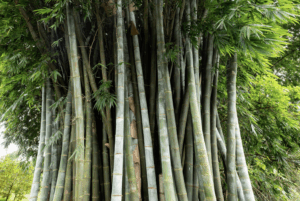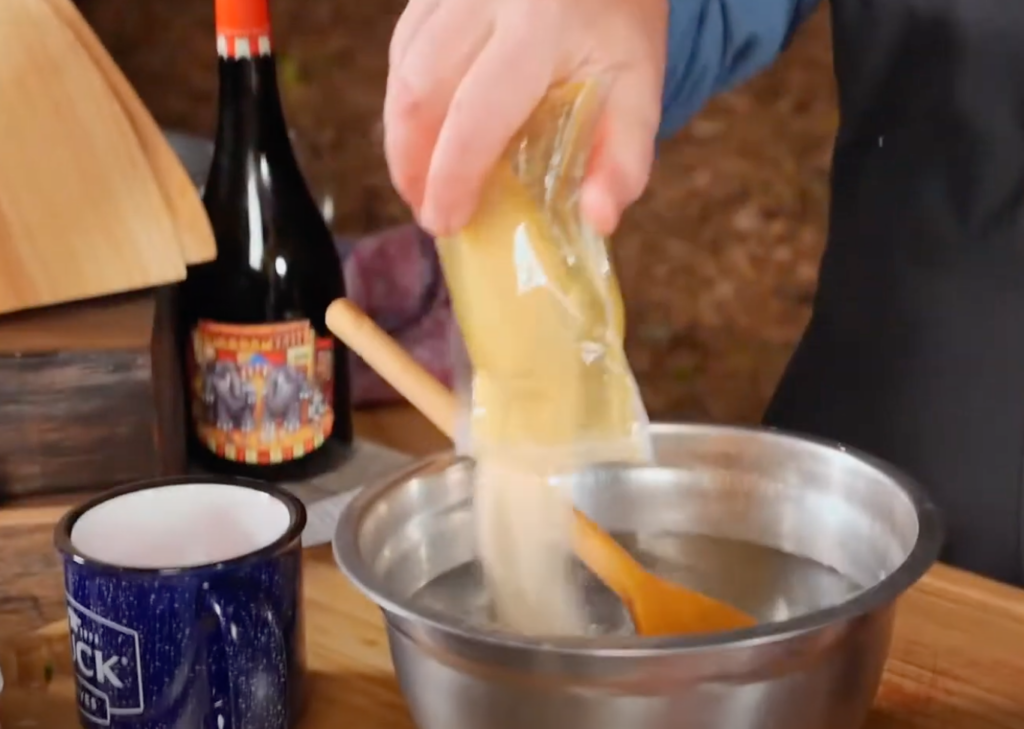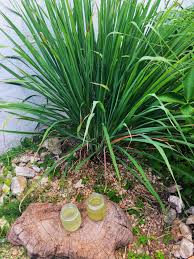Growing Bamboo, Not As Scary, If You Understand This
Bamboo is often misunderstood in gardening and ecological circles—frequently labeled as invasive or unmanageable. However, this reputation stems largely from a lack of awareness about the different types of bamboo, particularly the critical distinction between running and clumping varieties. When chosen and managed wisely, bamboo can be an incredibly beneficial and sustainable plant, offering uses ranging from erosion control to food, building material, and habitat for wildlife.
Will It Take Over The Garden?
The primary concern people have with bamboo is its tendency to spread aggressively and take over gardens or even wild landscapes. This fear is mostly justified only when dealing with running bamboo. Running bamboo species (like Phyllostachys) spread via long, horizontal underground rhizomes that can quickly extend several feet—or even more—in a single growing season. Without proper containment, this type of bamboo can become a serious management issue, pushing up through sidewalks, fences, or neighboring properties. This is where the plant earns its reputation as invasive and difficult to control.
Clumping Bamboo Vs Running Bamboo
 On the other hand, clumping bamboo vs running (from genera like Bambusa, Fargesia, or Chusquea) grows in a much more manageable fashion. It expands outward slowly in tight, circular clumps, with short rhizomes that grow just a few inches per year. This behavior makes clumping bamboo ideal for gardens, hedges, privacy screens, or even permaculture systems, especially when space and control are important. It stays where you plant it, requires far less maintenance, and does not spread uncontrollably.
On the other hand, clumping bamboo vs running (from genera like Bambusa, Fargesia, or Chusquea) grows in a much more manageable fashion. It expands outward slowly in tight, circular clumps, with short rhizomes that grow just a few inches per year. This behavior makes clumping bamboo ideal for gardens, hedges, privacy screens, or even permaculture systems, especially when space and control are important. It stays where you plant it, requires far less maintenance, and does not spread uncontrollably.
Benefits Of Bamboo
The benefits of bamboo—particularly when choosing the right type—are numerous. Bamboo is one of the fastest-growing plants in the world, making it a renewable resource for poles, fencing, crafts, and even light construction. Certain species produce edible shoots that are rich in nutrients and can be harvested seasonally. Bamboo is also excellent for erosion control, especially on slopes or disturbed soils, as its dense root systems hold the earth together while allowing water to permeate the soil. Additionally, bamboo provides habitat and shelter for birds and small animals, while also functioning as a carbon sink due to its rapid biomass accumulation.
In the right context, bamboo can also enhance aesthetic and acoustic qualities in a landscape. Its tall, swaying culms create a tranquil, natural privacy barrier and its leaves create a soothing rustling sound in the wind. In sustainable landscaping, clumping bamboo plays a valuable role in creating windbreaks, microclimates, or edible forest garden layers.
Ultimately, bamboo is not inherently scary or dangerous—it’s all about choosing the right variety and understanding how it grows. Clumping bamboo offers all the ecological, aesthetic, and practical benefits without the maintenance nightmare of running species. If you’re considering bamboo, research your species carefully, plan your planting thoughtfully, and you’ll find that this remarkable plant can be a powerful ally in both garden and wild settings.
 Goose, in particular, is a standout among wild game birds. Its dark, rich meat is often compared to beef more than chicken or turkey, and it lends itself well to curing and smoking. One of the most intriguing preparations is goose pastrami—a twist on the traditional beef version. For those wondering
Goose, in particular, is a standout among wild game birds. Its dark, rich meat is often compared to beef more than chicken or turkey, and it lends itself well to curing and smoking. One of the most intriguing preparations is goose pastrami—a twist on the traditional beef version. For those wondering 


 We all want what is best for ourselves and our families. This is why many people are turning to the idea of “all natural” products. From foods to bug repellents, it is all available in a natural form. The truth is, nature gives us everything we need, not chemicals.
We all want what is best for ourselves and our families. This is why many people are turning to the idea of “all natural” products. From foods to bug repellents, it is all available in a natural form. The truth is, nature gives us everything we need, not chemicals. Natural foods are typically considered organic. It is usually meant to imply that your foods have not been processed and that they contain no chemicals to help them grow or to keep pests away. Basically, the fertilizers that are used are mulches and other types of soil enrichment rather than a bag of powder or rocks that contains additives.
Natural foods are typically considered organic. It is usually meant to imply that your foods have not been processed and that they contain no chemicals to help them grow or to keep pests away. Basically, the fertilizers that are used are mulches and other types of soil enrichment rather than a bag of powder or rocks that contains additives. No matter where you are in the world, there are local produce options. Farmers and farms of all sizes can be found in every part of the US and beyond. Even if you live in a city, there are still going to be farms outside of the city limits as well as maybe produce stands inside of it.
No matter where you are in the world, there are local produce options. Farmers and farms of all sizes can be found in every part of the US and beyond. Even if you live in a city, there are still going to be farms outside of the city limits as well as maybe produce stands inside of it.